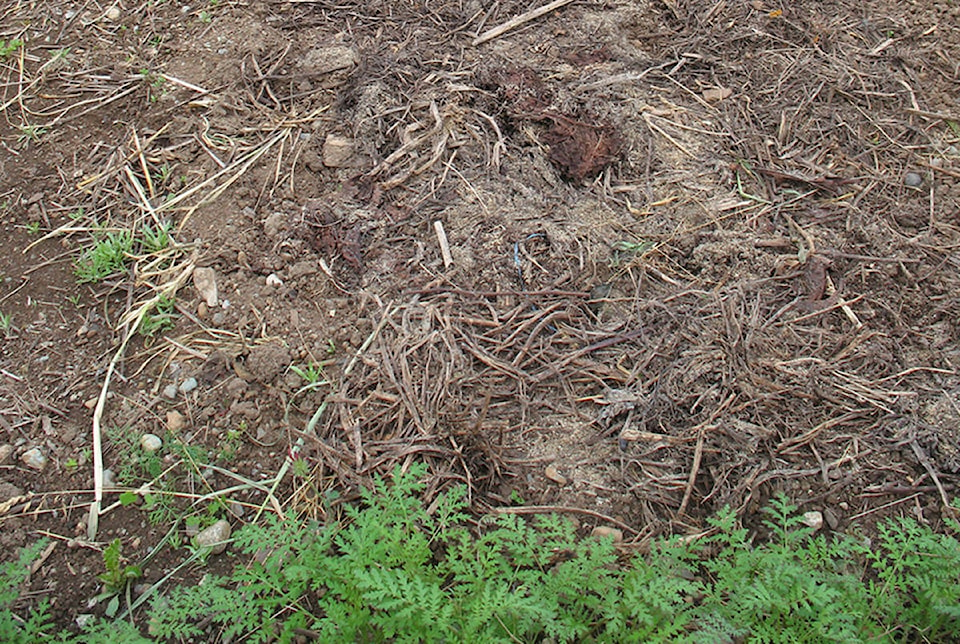By Mary Lowther
I used to sow and transplant all my crops in the spring and, once they were finished, I sowed cover crop to take the bed through till the following spring. I’m more of a follower than an original thinker, so I never questioned this pattern that gardening sages had written about. Growing my own vegetables involved growing as much as possible during the summer, including enough storage crops to could get us through the winter. It took reading Steve Solomon’s Growing Vegetables West of the Cascades to make me see what I was missing.
“If we adjust to our climate, we can grow fresh food year round,” he wrote. “If we act as though we were gardening in the East, we will have fresh food for only a few months of the year.”
Rather than trying to re-invent the wheel, I followed his advice because he was the first author I’d read who wrote about gardening in our milder climate. But I think I have more slugs and sow bugs than he did because my garden gets less sun and is nestled in the mountains surrounded by forest. So I’ve been forced to learn a few things for myself, realizing that every gardener must do the same because no two gardening areas are alike.
Nevertheless, Solomon’s words were a revelation to me. When I sow my spring crops, I leave some garden bare or under cover crop, ready to dig under and prepare for the next sowing, until my final sowing and transplanting around mid-July. Except for garlic that goes in early October. The mid-July sowings produce crops that will become large enough to take them through the winter and produce the following spring, like purple sprouting broccoli or overwintering cabbage. Any earlier and the sowing will produce plants that will be too large by winter and may be killed by winter frost.
Mid-July sowings of lettuce, radishes and the like can also produce crops to be harvested in the fall, and kale, turnips and cabbages sown now can be harvested all winter and the following spring, if we haven’t eaten them all. My carrots can usually survive through the winter, even if the ground freezes somewhat, and overwintered spring turnips taste wonderful.
It’s worth it to leave space in the garden for these later crops because freshly picked food tastes better than stored, and there’s less work involved.
Here’s another recipe from mom’s wartime recipe book, using parsnips, turnips or any other root vegetable:
Creamed Parsnip Savoury (serves four)
½ lb. cheese
2 lb. parsnips (3 large ones)
Grate the cheese roughly and pour it into a saucepan that is large enough to also hold the parsnips later on. Turn the heat to very low to start melting the cheese. Cut the parsnips or other root vegetable into slices and add to the saucepan with a dash of water, to prevent the saucepan from burning (about 4 Tbsp.) Stir the vegetable and cover the saucepan with a lid. Cook on low for 10 to 15 minutes, stirring occasionally. Season to taste. If you wish, fill a fireproof dish with this mixture and push under the grill to give a brown crust.
Mary Lowther lives in the Cowichan valley, and can be contacted at mary_lowther@yahoo.ca.
